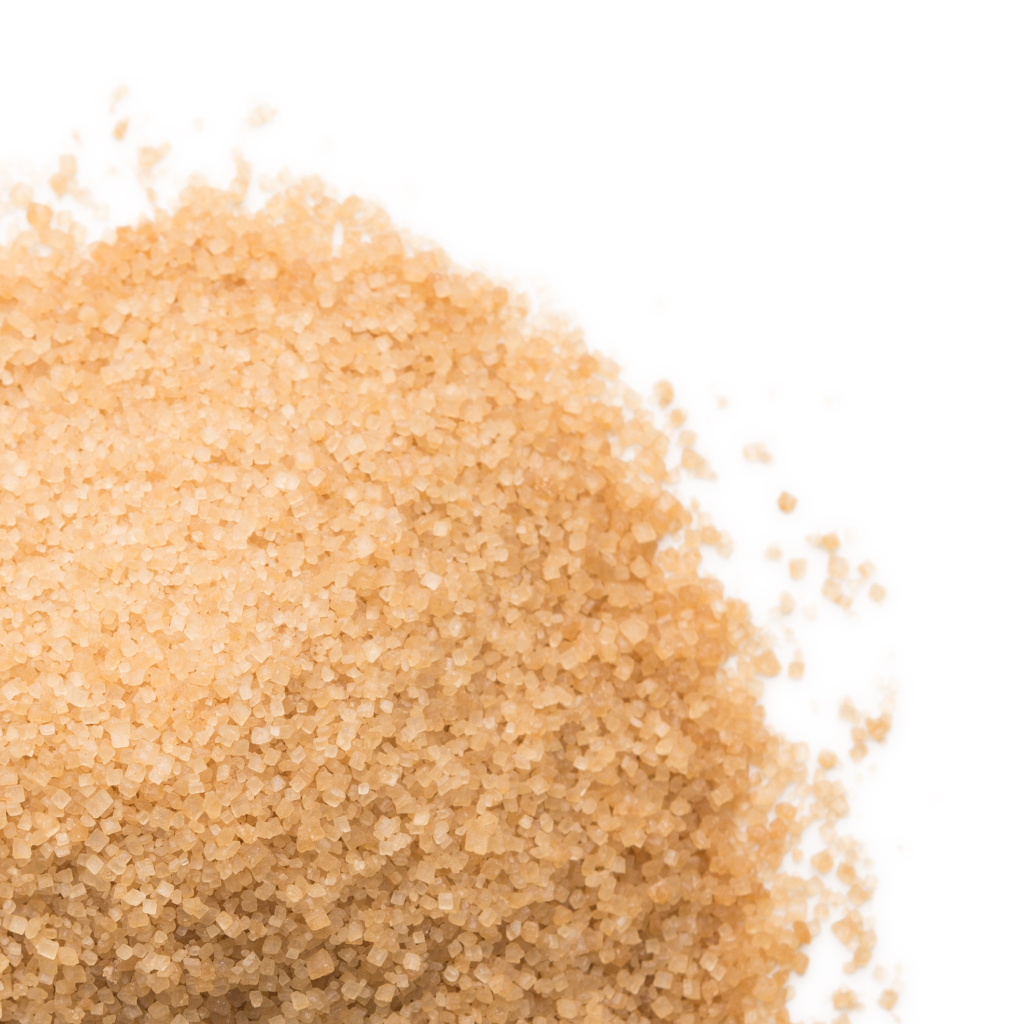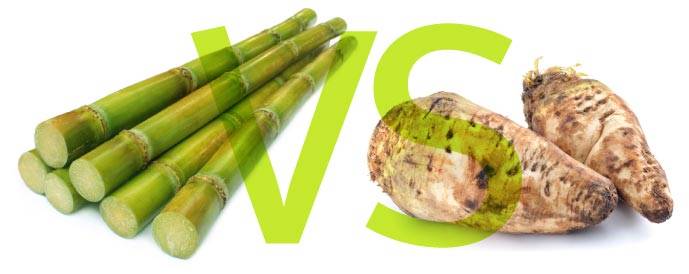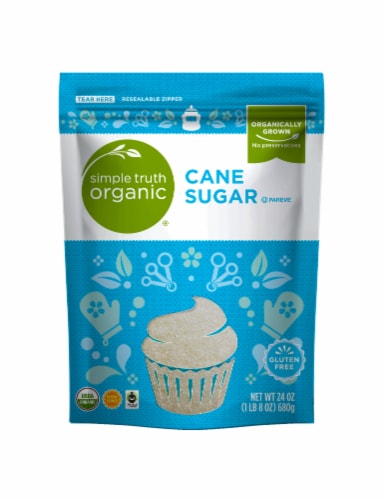Cane Sugar Processing: Key Technologies for Superior Sugar Production
Cane Sugar Processing: Key Technologies for Superior Sugar Production
Blog Article
Discovering the Comprehensive Steps Associated With Walking Cane Sugar Handling From Gathering to Improvement
The procedure of walking stick sugar manufacturing includes a series of elaborate actions, starting with the cautious harvesting of sugarcane and finishing in the improvement phases that make sure the end product fulfills sector criteria. Each stage, from the extraction of juice to the purification and formation procedures, plays a vital function in figuring out the top quality and character of the sugar. Recognizing these stages not just highlights the complexity of sugar manufacturing yet additionally raises crucial inquiries regarding performance, sustainability, and technology in the sector. What effects do these factors have for future techniques?
Collecting Sugarcane
Harvesting sugarcane is a vital step in the walking stick sugar processing chain, as it straight affects the high quality and return of the final item. Appropriate timing and strategies are important throughout this phase to guarantee optimal sugar content and minimize losses. Usually, sugarcane is harvested when it reaches maturity, usually 12 to 18 months after planting, defined by a high sucrose concentration.

Post-harvest, the sugarcane needs to be processed swiftly to prevent sucrose deterioration. Ideally, harvested walking cane must be moved to refining facilities within 24-hour to protect sugar top quality. Therefore, reliable logistical preparation is critical to maintain the honesty of the gathered plant throughout the supply chain.
Removal Process

The crushed walking stick undergoes a collection of pressing procedures to make best use of juice recovery. Commonly, warm water is sprayed onto the smashed walking stick, developing a countercurrent flow that assists liquify the sugar while likewise helping in the extraction process. The juice collected from this operation includes not only sugar yet additionally numerous natural compounds and pollutants.

To boost extraction effectiveness, some facilities may employ diffusion methods, where the sugarcane is saturated in warm water, allowing the soluble sugars to diffuse into the fluid. The resulting juice, abundant in sucrose, is after that guided to subsequent handling phases, laying the foundation for filtration and improvement. The extraction process is hence essential in identifying the top quality and return of the last sugar item.
Filtration Methods
The purification methods used in walking stick sugar processing are vital for changing the raw juice right into a top quality sugar product. These techniques largely intend to remove pollutants, such as dirt, plant products, and not natural materials, which can adversely influence the last product's flavor and color.
One of the most common purification methods is information. This process involves adding lime and warm to the raw juice, which helps with the coagulation of contaminations. The resulting precipitate is after that gotten rid of through sedimentation or filtration, yielding a clearer juice. Furthermore, making use of phosphoric acid can improve the information procedure by more binding pollutants.
Another substantial technique is carbonatation, where co2 is presented to the cleared up juice. This response creates calcium carbonate, which captures continuing to be contaminations and promotes their elimination.
Additionally, turned on carbon therapy may be related to adsorb any kind of continuing to be colorants and organic pollutants, guaranteeing a much more polished item. The combination of these techniques properly prepares the sugar juice for subsequent action in the refining procedure, setting the phase for the manufacturing of top news quality cane sugar.
Crystallization Techniques
After the filtration phase, the following essential action in walking stick sugar processing entails crystallization techniques, which play a critical function in changing the made clear juice right into strong sugar. This process typically utilizes two primary methods: spontaneous crystallization and regulated formation.
In spontaneous condensation, supersaturated sugar options are permitted to cool down normally, bring about the formation of sugar crystals with time. This technique is less complex however may lead to unequal crystal sizes and lower purity levels. On the other hand, regulated crystallization is an extra specific technique where concentration, seeding, and temperature level representatives are diligently taken care of. This technique allows for the uniform development of sugar crystals and higher pureness.
Throughout condensation, the made clear juice is focused with evaporation, raising its sugar web content until it reaches supersaturation. Once this factor is accomplished, either method can facilitate the condensation process. Cane Sugar Processing. The resultant sugar crystals are then divided from the staying syrup with centrifugation
Ultimately, the choice of condensation technique influences the high quality, size, and purity of the last sugar item, making this step essential in the overall walking cane sugar handling procedure.
Improvement and Product Packaging
Just how can the pureness and top quality of walking stick sugar be even more improved after formation? The refinement procedure plays an essential duty in attaining premium walking stick sugar. Following formation, sugar undergoes a detailed washing to eliminate contaminations and recurring molasses. This is normally completed using warm water or vapor, which helps dissolve and draw out unwanted aspects while maintaining the sugar crystals.
Next, the sugar undergoes a process called centrifugation, where it is rotated at high speeds to separate the cleansed sugar crystals from the continuing to be liquid. After centrifugation, the sugar is commonly more improved with a technique called carbonization or phosphatation, which makes use of activated carbon or phosphoric acid to remove shade and off-flavors.
As soon as improved, the sugar is dried to accomplish the wanted dampness material, making certain that it stays steady throughout storage and transport. The final action involves packaging the refined sugar in airtight and moisture-proof containers to preserve its quality and stop contamination. Cane Sugar Processing. Proper packaging not only extends life span but also promotes simple handling and circulation, making sure that consumers receive sugar that fulfills the greatest criteria of purity and high quality
Verdict
The extensive actions associated with walking cane sugar processing, from the precise harvesting of sugarcane to the detailed refinement and packaging phases, highlight the relevance of each stage in making sure premium sugar manufacturing. Optimal harvesting methods, efficient removal methods, and strenuous purification processes Learn More Here jointly add to the last item's purity and stability. The crystallization and subsequent packaging practices additionally enhance visit the site the stability and rack life of the sugar, highlighting the complexity and precision inherent in this necessary agricultural industry.
The process of walking stick sugar manufacturing encompasses a collection of intricate actions, beginning with the careful harvesting of sugarcane and finishing in the improvement stages that guarantee the final item fulfills market standards. Preferably, harvested walking cane must be transported to processing facilities within 24 hours to maintain sugar high quality.In spontaneous condensation, supersaturated sugar options are permitted to cool naturally, leading to the development of sugar crystals over time - Cane Sugar Processing. The improvement procedure plays a critical duty in achieving top notch walking cane sugar.The comprehensive actions involved in walking stick sugar processing, from the meticulous harvesting of sugarcane to the complex improvement and product packaging stages, underscore the importance of each phase in making sure high-grade sugar production
Report this page